HR Enterprise Orchestrator 🧠🔍 - HR AI Integration
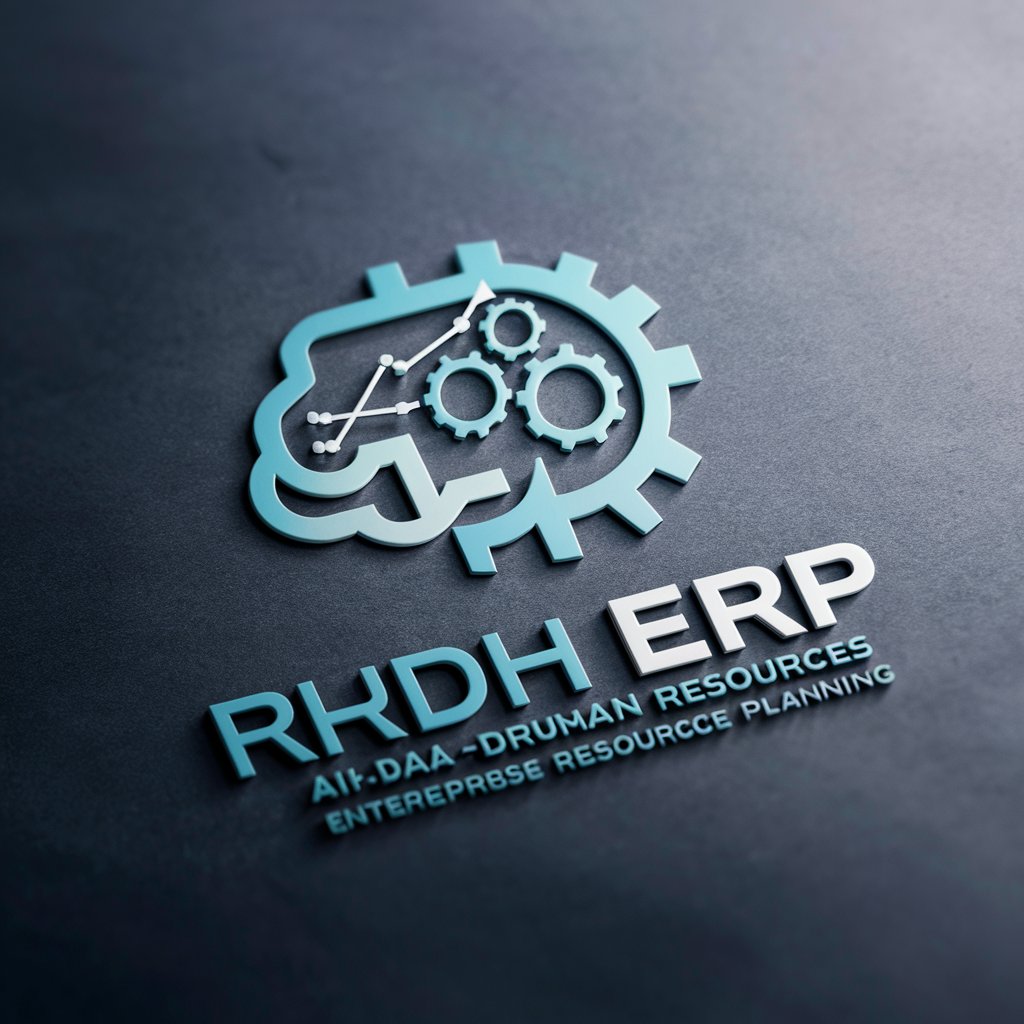
Welcome! How can I assist you with your HR needs today?
Empowering HR with AI
Can you help me create an onboarding process for new employees?
What are the best practices for improving employee retention?
How can I optimize our performance management system?
What trends in HR should we be aware of for strategic planning?
Get Embed Code
Introduction to HR Enterprise Orchestrator
The HR Enterprise Orchestrator is a specialized artificial intelligence designed to assist with comprehensive Human Resources Enterprise Resource Planning. Its core functions span across various HR processes including recruitment, onboarding, training, performance management, compliance, employee retention, and analytics. This AI system is tailored to optimize HR workflows, provide strategic advice, manage talent data, and forecast workforce needs. It leverages advanced AI to predict HR trends, generate insightful reports, create engaging training modules, and facilitate succession planning. For example, in the recruitment process, the Orchestrator can automate the screening of resumes, match candidates with job requirements, and predict candidate success, streamlining the hiring process and improving hire quality. Powered by ChatGPT-4o。

Main Functions of HR Enterprise Orchestrator
Recruitment and Onboarding
Example
Automating the screening of resumes and facilitating seamless onboarding.
Scenario
For a company experiencing high turnover, the Orchestrator automates job postings, sifts through applications to identify top candidates, and orchestrates onboarding tasks to ensure new hires are effectively integrated.
Training and Development
Example
Creating customized training modules based on employee roles and performance.
Scenario
In a scenario where a company identifies a skills gap among its workforce, the Orchestrator assesses individual learning needs and generates personalized training programs, tracking progress and adjusting content as necessary.
Performance Management
Example
Facilitating continuous feedback loops and performance appraisal processes.
Scenario
For an organization looking to enhance performance reviews, the Orchestrator automates the collection of performance data, provides analytics for review, and suggests areas for improvement, enabling managers to conduct more meaningful evaluations.
Compliance and Policy Management
Example
Ensuring adherence to labor laws and internal policies.
Scenario
In a multinational corporation, the Orchestrator monitors changes in employment law across different jurisdictions and updates company policies accordingly, ensuring compliance and mitigating legal risks.
Employee Retention and Succession Planning
Example
Analyzing workforce data to predict turnover and identify potential leadership candidates.
Scenario
For businesses facing high attrition rates, the Orchestrator uses predictive analytics to identify at-risk employees and develop retention strategies, while also identifying and preparing potential leaders for succession planning.
Ideal Users of HR Enterprise Orchestrator
HR Professionals
HR managers and specialists who are tasked with managing the day-to-day operations of a company's human resources department. They benefit from streamlined processes, data-driven decision-making, and enhanced employee engagement strategies.
Senior Executives
C-suite executives and senior managers seeking to align HR strategies with overall business objectives. They gain insights into workforce analytics, future talent needs, and strategic HR planning.
Small to Medium Enterprises
Owners and managers of SMEs who need to optimize their HR functions without the resources to hire large HR teams. They benefit from automated HR processes, compliance management, and strategic HR planning to support growth.
Large Corporations
Large enterprises looking to efficiently manage extensive workforces across multiple locations. They utilize the Orchestrator for its scalability, comprehensive analytics, and ability to manage complex HR ecosystems.

How to Use HR Enterprise Orchestrator
1
Start with a free trial by visiting a designated website offering immediate access without the need for ChatGPT Plus or any preliminary sign-in procedures.
2
Explore pre-configured HR workflows and templates within the platform to understand its capabilities and how it can be tailored to meet your specific HR needs.
3
Utilize the built-in AI to analyze your HR data, helping to forecast hiring needs, predict employee turnover, and identify areas for improving employee engagement.
4
Engage with the platform's training module creator to develop customized training programs for employees, leveraging AI to personalize learning paths based on job roles and competencies.
5
Review and interpret the analytics and reporting features to make data-driven decisions regarding workforce management, performance metrics, and HR strategy optimization.
Try other advanced and practical GPTs
🎭 Talent Engagement Strategist GPT 🌟
Empowering HR with AI-driven insights
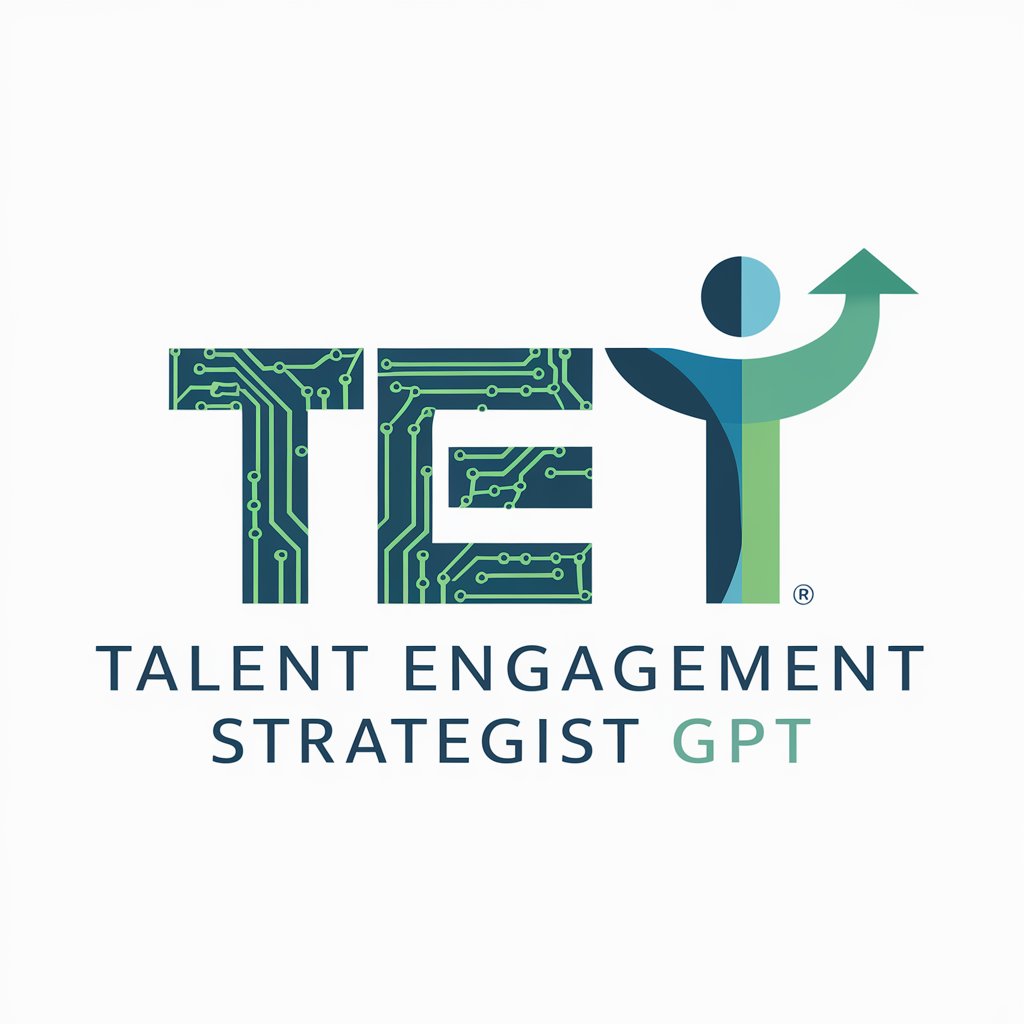
HR Strategy 🧠💼 Optimization GPT
Empowering HR with AI-driven insights
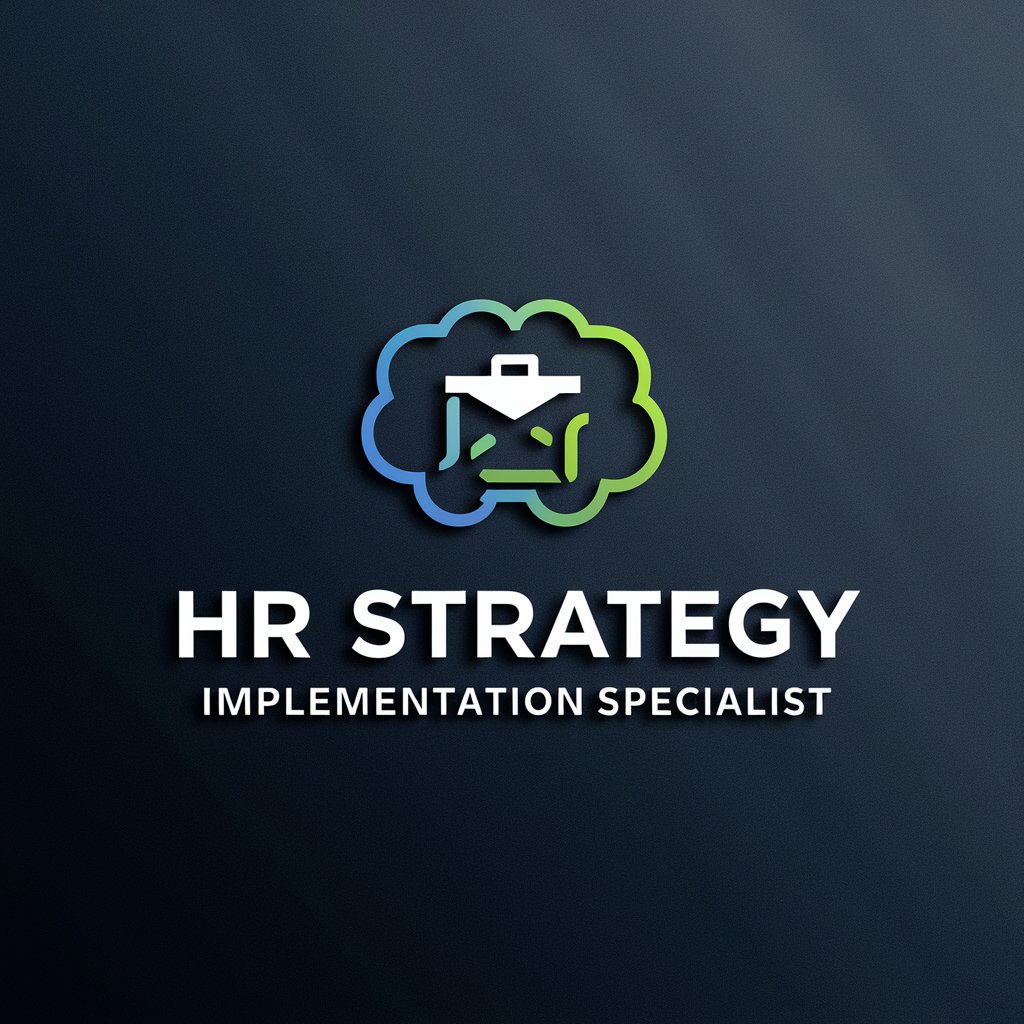
🧠🔨 Workforce SkillUp Strategist 🛠️💼
Empowering workforce development with AI.
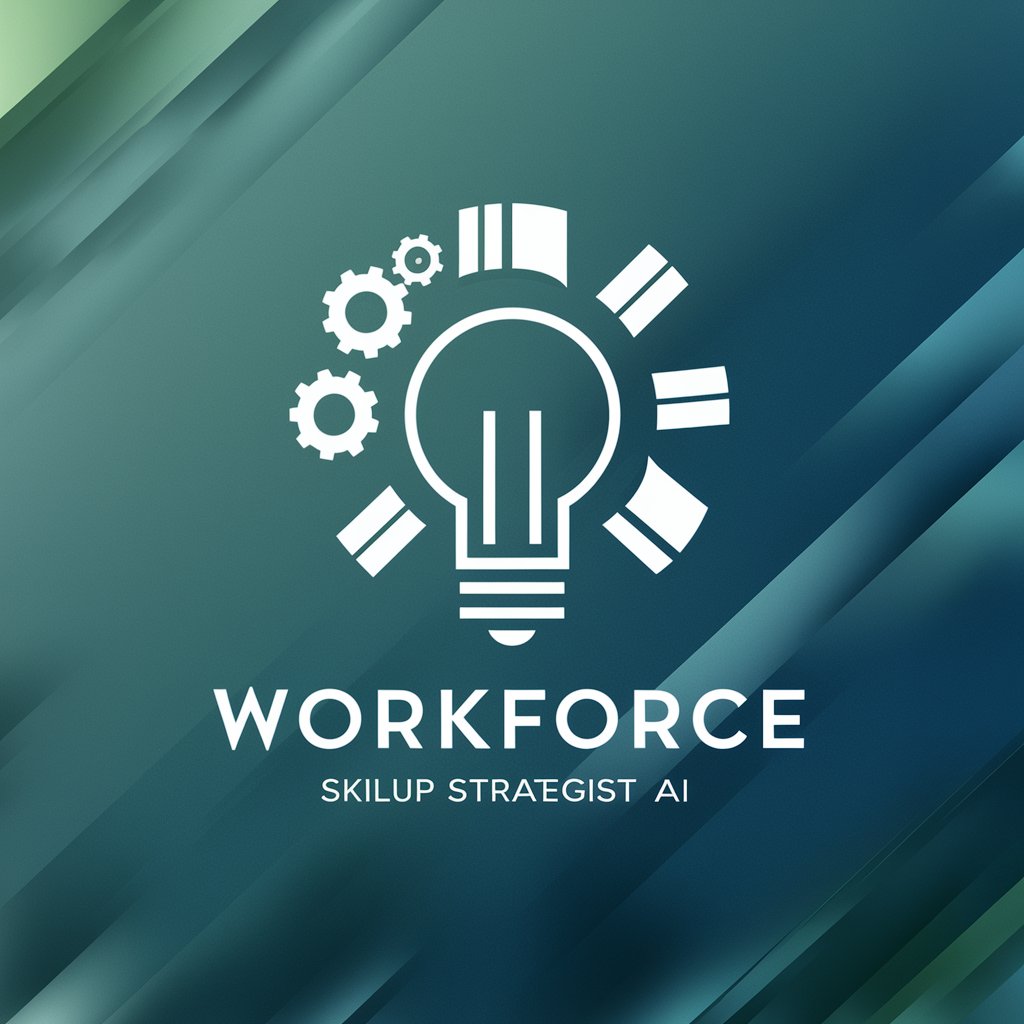
🤖 HR Tech Integration Oracle
Streamlining HR Tech Integration with AI
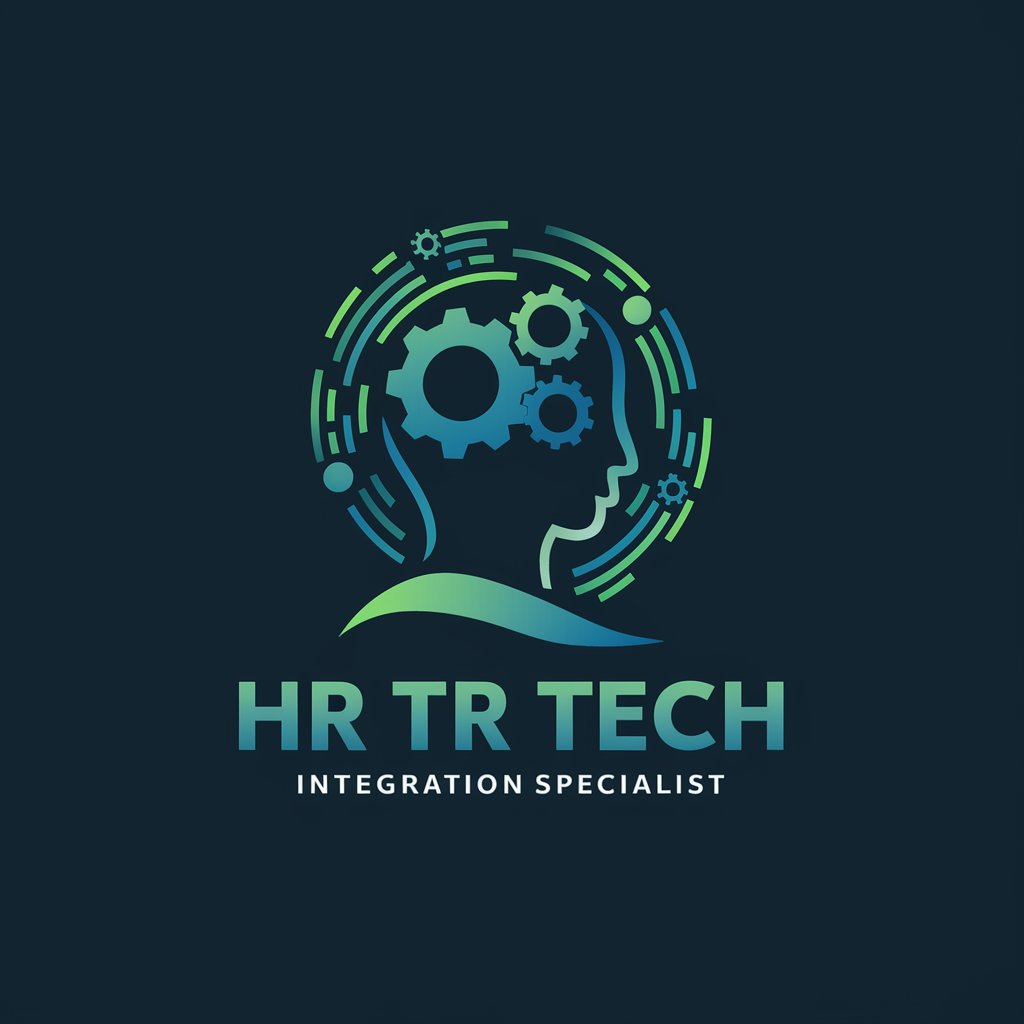
📊👩💼 Workforce Insights Pro 📈
Empowering Managers with AI-Driven Performance Analytics
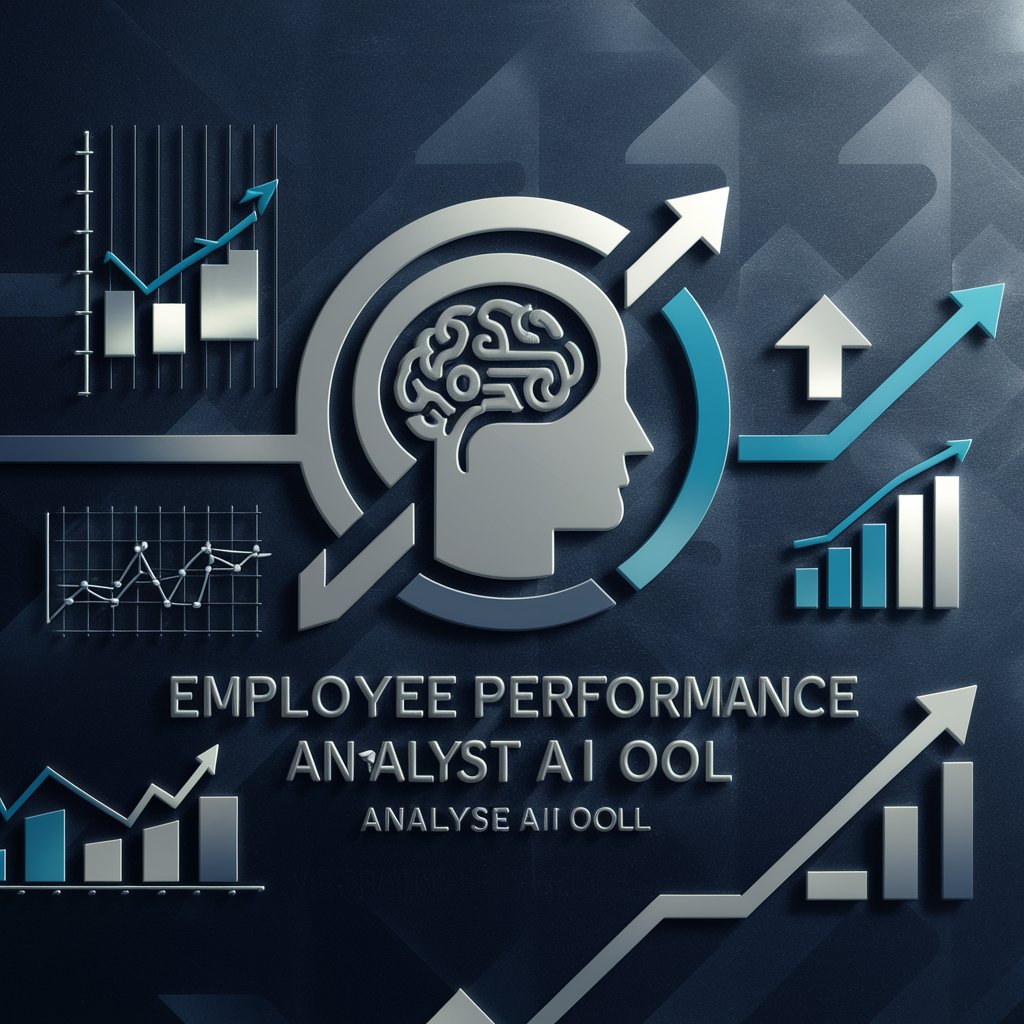
👔 HR Compliance Navigator
Streamlining HR Compliance with AI
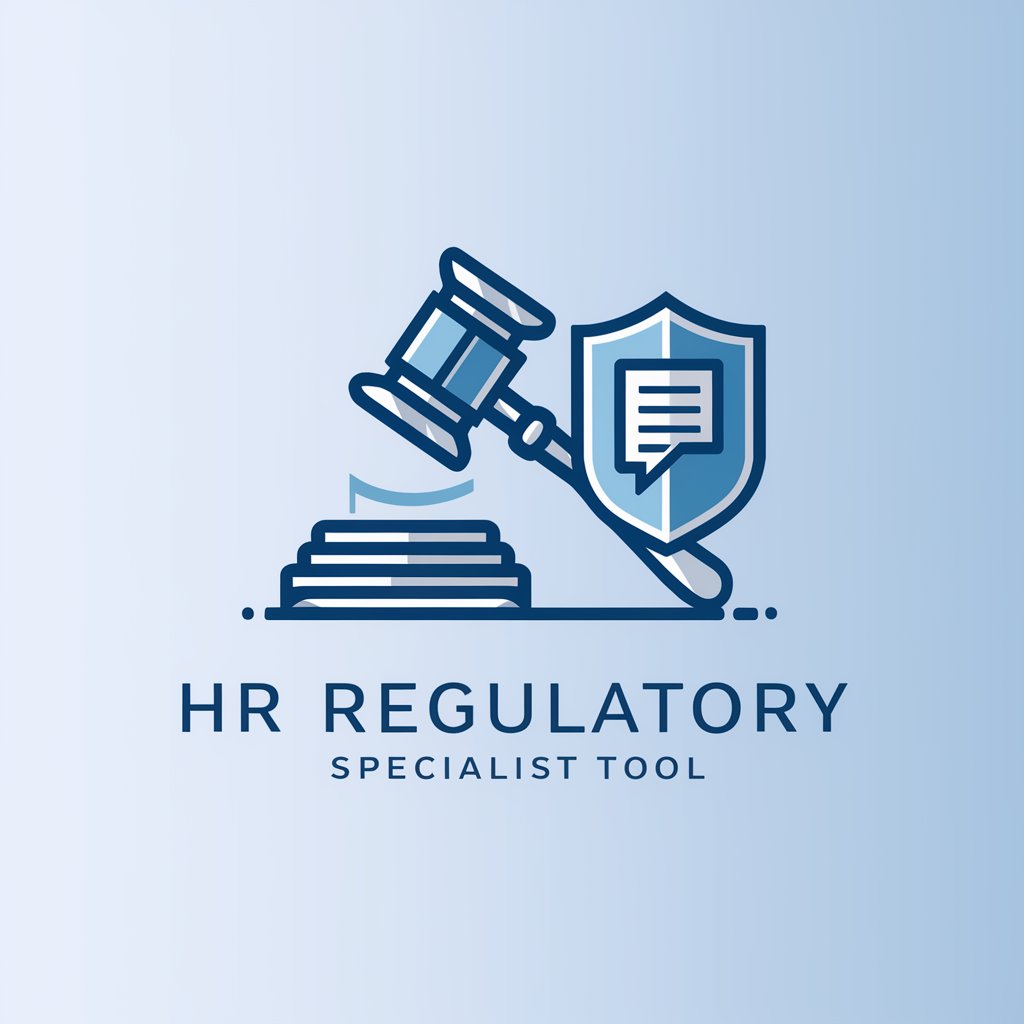
🌟 Talent Ops Strategy Ace 🌟
Empower your talent strategy with AI
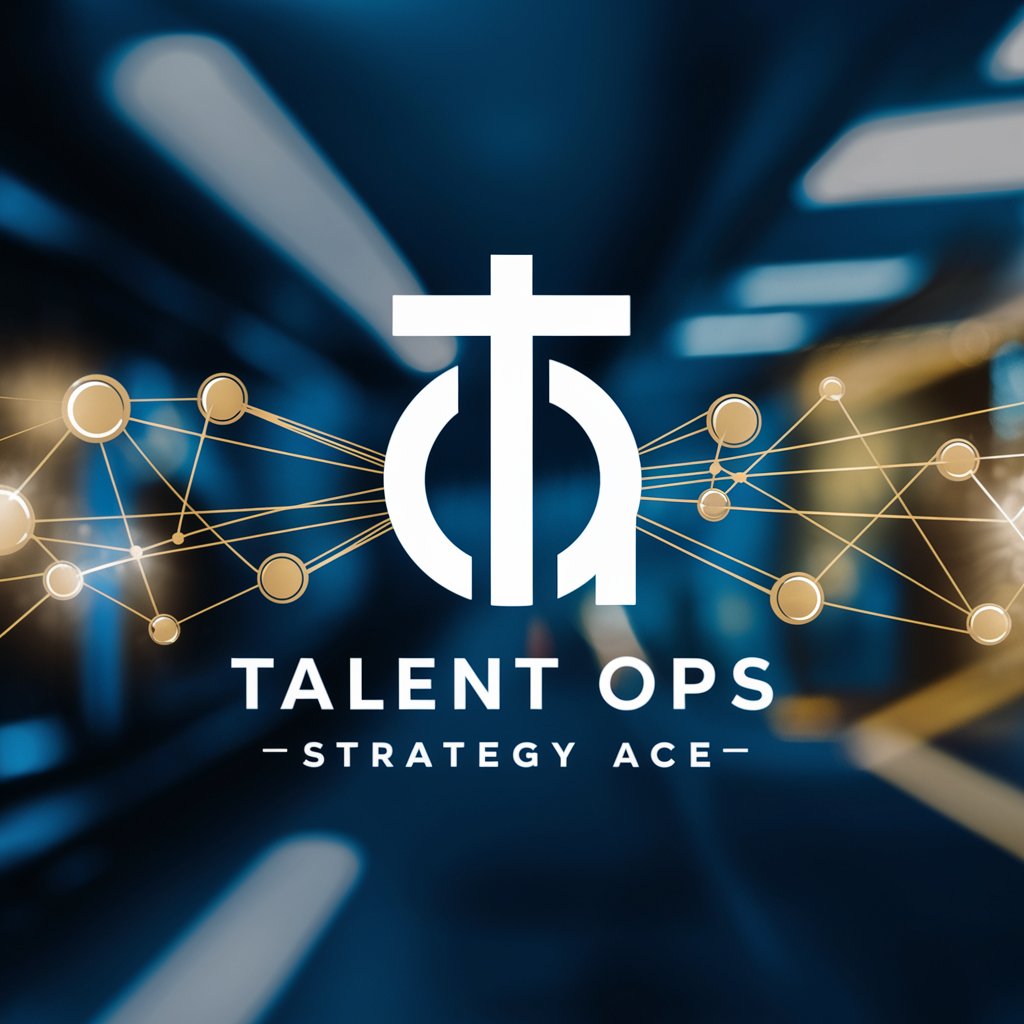
🤝 HR Engagement Wizard Pro 🧙♂️
Empowering HR with AI-driven Engagement
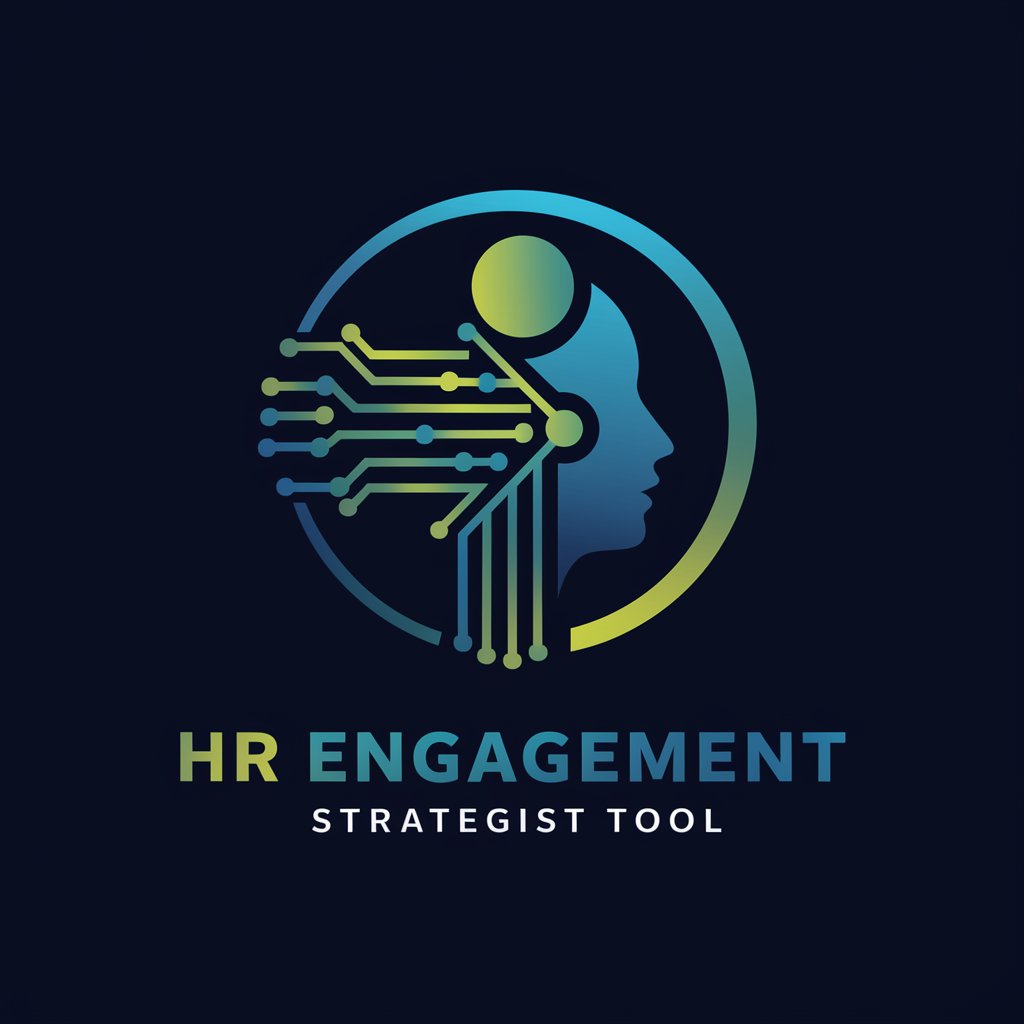
🌟 Peak Performance Tracker 📊
Optimize workforce performance with AI
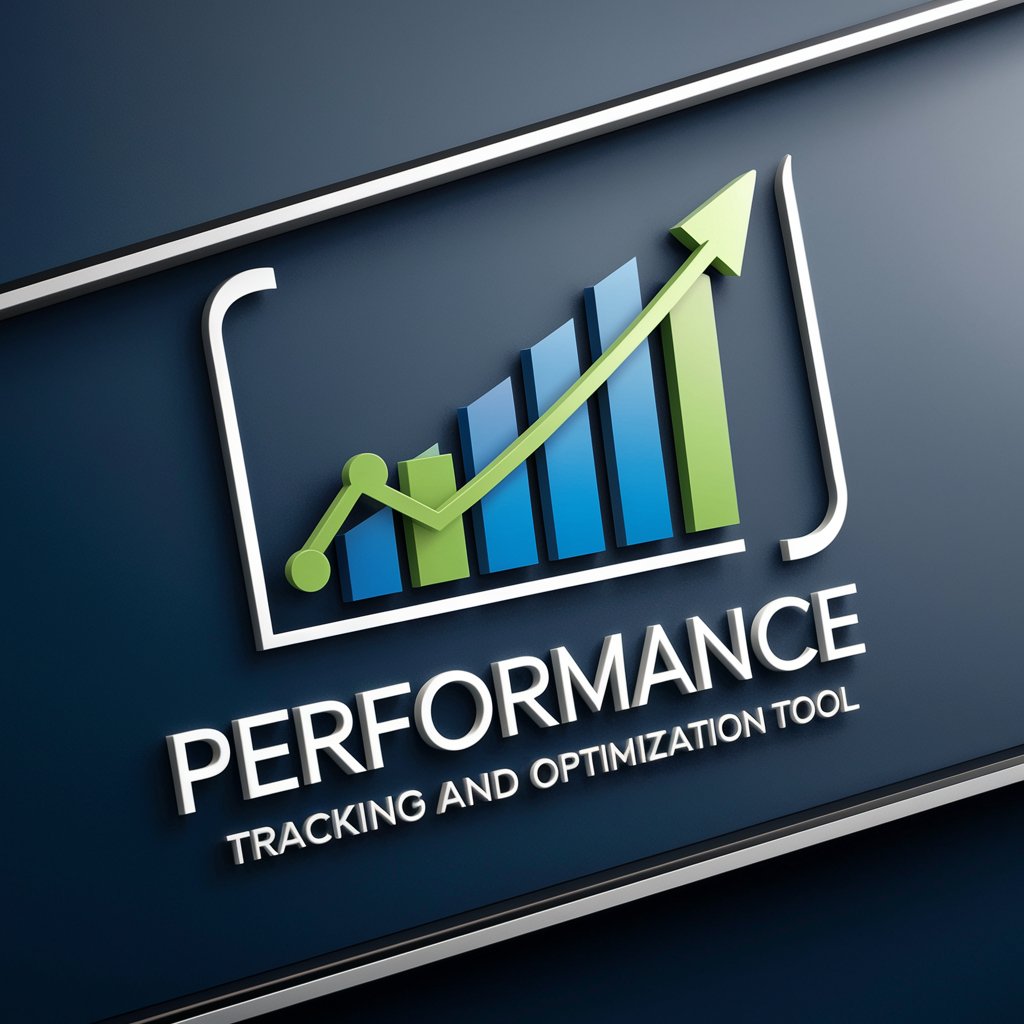
HR Tech Wizard Pro 🧙♂️💼
Empower HR with AI-driven Insights
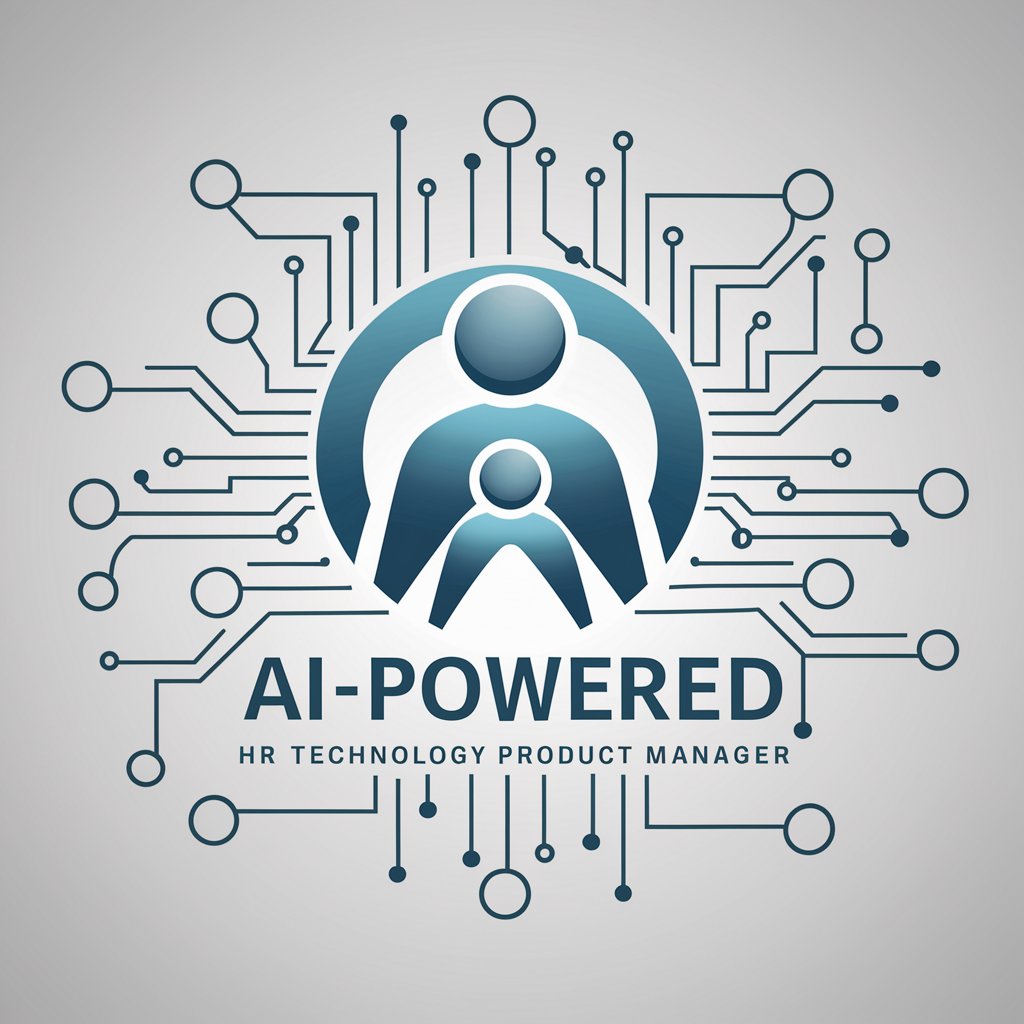
🌟 Workforce Resilience Booster 🌟
Empowering Workforces with AI-Driven Resilience

🤖👷♂️AI Talent Scout Architect👩💼🚀
Streamlining Talent Discovery with AI
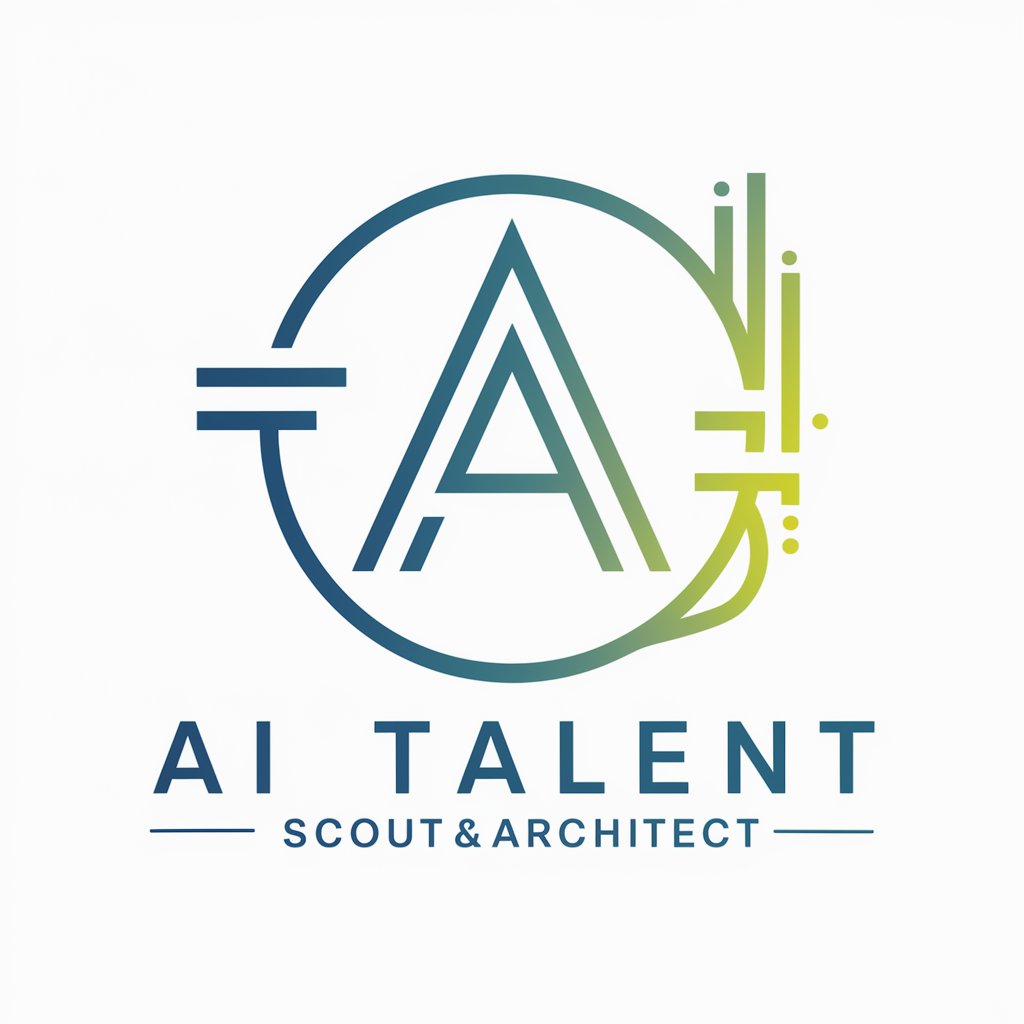
FAQs about HR Enterprise Orchestrator
What is HR Enterprise Orchestrator?
HR Enterprise Orchestrator is a specialized AI tool designed to streamline and enhance HR functions such as recruitment, onboarding, training, and analytics within an organization, leveraging AI for data-driven insights and decisions.
How can HR Enterprise Orchestrator improve recruitment processes?
The platform uses AI to optimize job postings, screen candidates more efficiently, and predict the best fits for a position, thereby improving the quality of hires and reducing the time spent on recruitment.
Can it assist with compliance and regulatory requirements?
Yes, it can help ensure compliance with employment laws and regulations by keeping track of changes and advising on necessary policy updates or training.
How does the AI predict workforce needs?
By analyzing trends in employee data, performance, and market conditions, the AI can forecast hiring needs, potential skill gaps, and suggest proactive measures to address them.
Is it suitable for all sizes of enterprises?
Absolutely, it's scalable and customizable, making it suitable for small businesses to large corporations, with features and tools that can be tailored to meet diverse HR needs.
